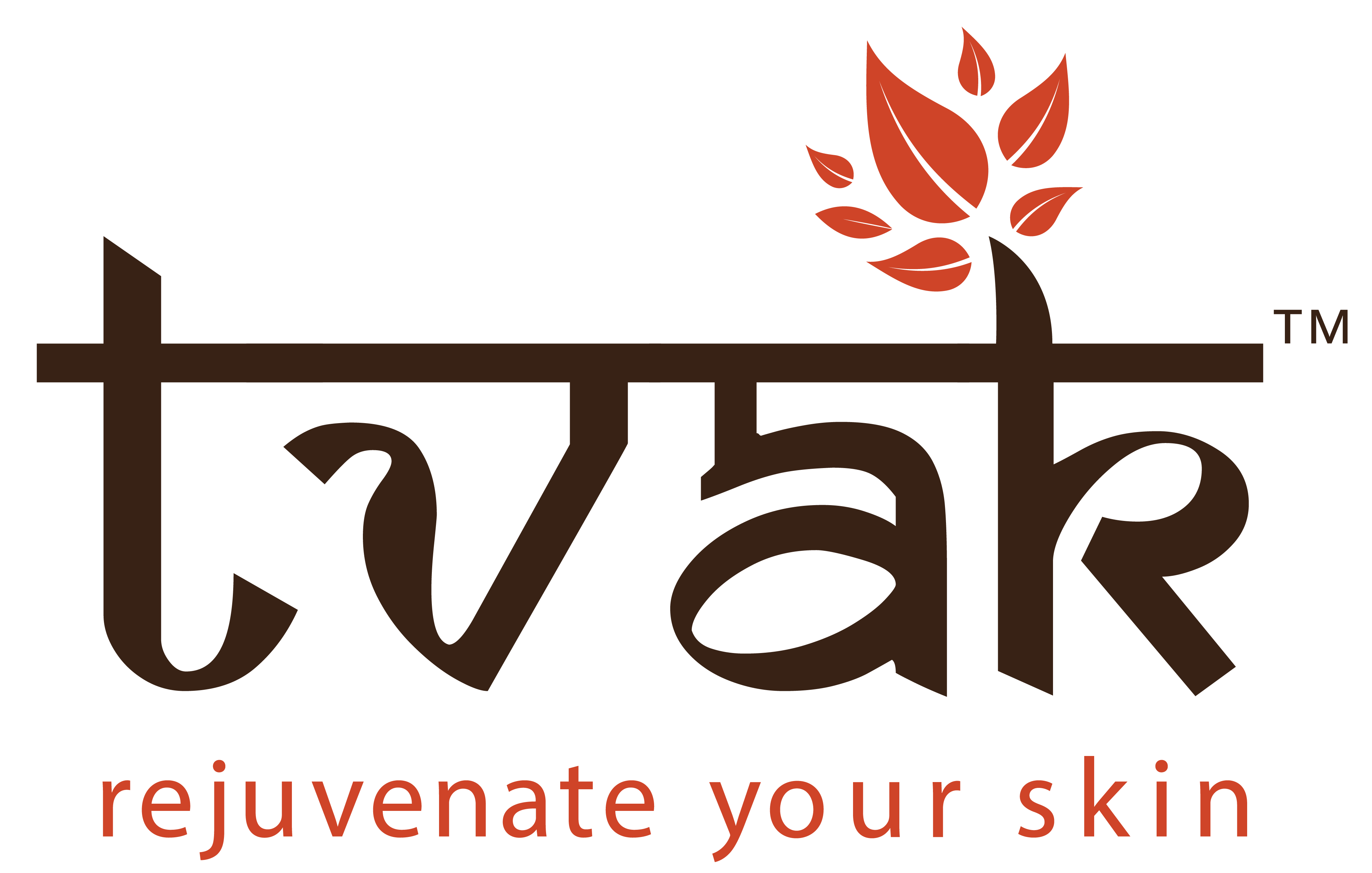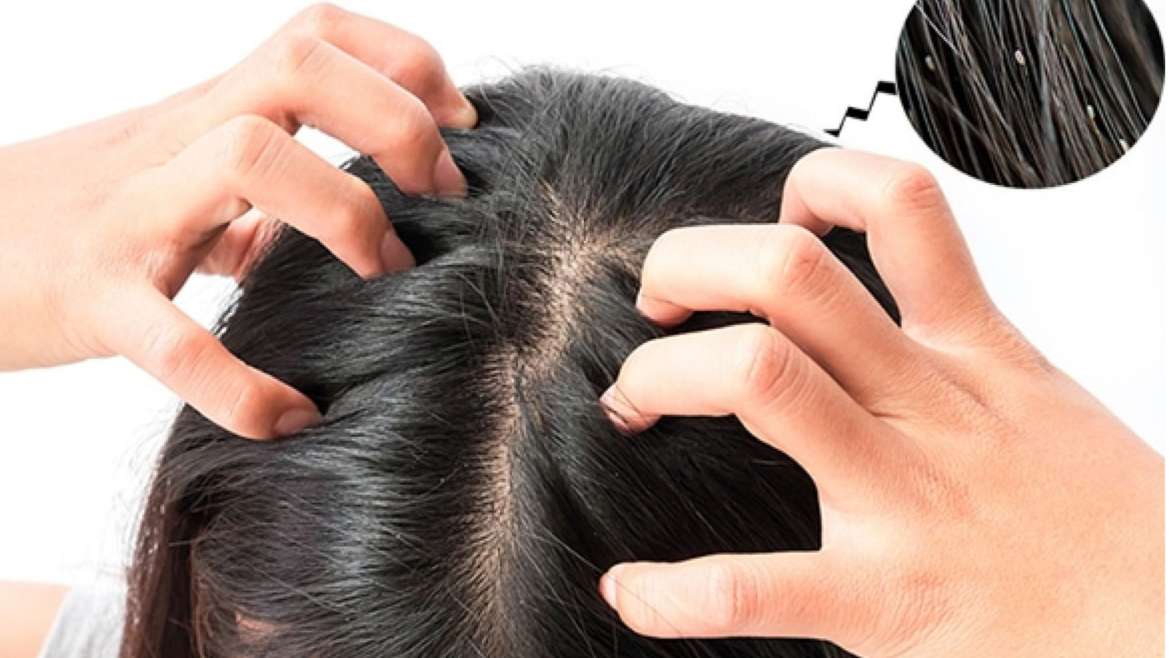Lice Treatment
Head lice are small insects feeding on the human blood from their scalp. An infiltration of head lice generally disturbs children. It is the outcome of the direct transfer of lice from the hair of one person to the hair of another. A head-lice invasion is not a sign of unhygienic conditions or an impure living situation. It should be noted that the head lice do not carry the viral or bacterial infection in any way. Thinking as to how such an invasion can be identified? If you are experiencing itching on the scalp, neck, or ears; this may indicate the invasion. It can be considered an allergic reaction to their bites. Some of the other symptoms are visible lice on the scalp, nits, and sores over the scalp as well as neck.
A head louse is a tan or grey-colored insect having a size like a strawberry seed. The main task of lice is to feed on your blood through the scalp. In fact, the female lice have a habit of producing a gluey substance, which attaches the eggs of the lice to the hair’s base firmly. Another thing to note is that head lice will always crawl as they cannot jump or fly. Well, the spread of head lice from one person to another occurs with direct head-to-head contact. This often occurs within a family or among children having close contact..
Frequently Asked Questions
If your child mistakenly scratches the itchy scalp excessively; there is a possibility of skin getting broken and infection might develop.
Though, it is difficult to prevent the spreading of head lice; but, you can avoid sharing combs, stay at a distance from the infested person, do not use towels or pillows of the person having head lice.
Well, in this case, the doctors might recommend over-the-counter medicines or may prescribe specialized medicines like ivermectin, spinosad, and malathion. Certainly, the lices might not go in one shot; so, it is necessary to apply medicated shampoos with prescribed medicines more than twice.

